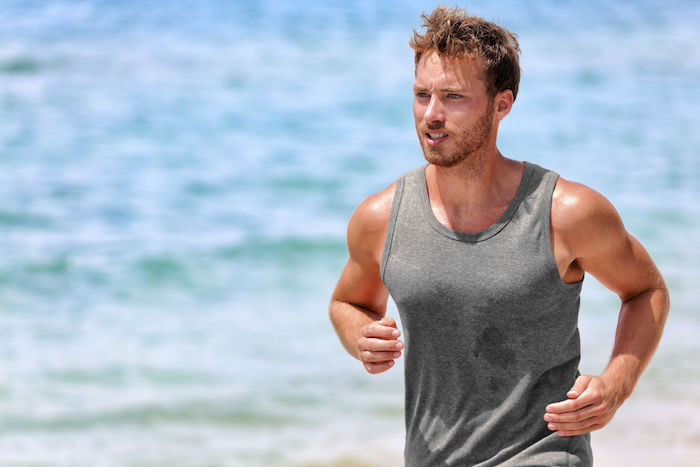Super Shape-Up: Running & Training for Your First 5K

The East End is chock-full of fitness studios and gyms, but one of the best ways to get in shape and enjoy the natural beauty of the sandy beaches or shady lanes is right beneath your feet. Running requires little equipment other than a good pair of sneakers, comfortable clothing and, if you desire, a stopwatch or heart rate/distance monitor.
“The key to everything is motivating yourself to train,” says Greater Long Island Running Club (GLIRC) President Mike Polansky.
If you’re just starting out, you don’t want to push yourself too hard. “It’s about going out and seeing how you feel. If you run 100 yards and you’re gasping for breath, you should probably begin your training by walking first, and building up to a slow jog. If you’re fine, then go a little farther and see how much distance you can cover initially,” Polansky says.
April Yakaboski, a personal trainer and hot yoga instructor at Aerial Fitness & Hot Yoga in Riverhead, says, “Whether you’re a beginning runner or advanced, incorporate yoga or stretching of some kind into your preparation and practice. Runners typically suffer from overuse of their hamstrings, IT bands and hips. A regular yoga practice of at least two times a week can benefit the body and prevent injuries.”
Running is great for the mind as well as for the entire body. Everyone has off days, even avid runners, but it’s well worth the feeling of accomplishment to push yourself to keep running. Listening to fast-tempo music can help get you over that impossibly steep hill. Another trick is giving yourself a reward if you go running that day…perhaps some shopping on Newtown Lane in East Hampton?
The health benefits of running are numerous—did you know running helps lower your risk of breast cancer and stroke? It’s also recommended for those in the early stages of diabetes, or who have high blood pressure and osteoporosis. It’s even proven to help reduce the risk of heart attack.
What about racing? Not every runner races, but for those interested in competition, Yakaboski advises “finding a trainer with a love of running 5Ks and different marathons. They’ll have the best experience and knowledge to guide you.”
Whether you’re in it for the glory or simply wish to accomplish a personal goal, having a race on the horizon is great motivation to keep training. Not to mention, once you begin racing you’ll find yourself in a supportive and close-knit community of other runners.
As for getting ready for a 5K, the distance recommended for beginners, Polanksy says, “Don’t overthink it. You should be running two to three miles as part of your training program. A 5K is a distance that anyone with a reasonable amount of training can do. ”
The evening before race day you should lay out your clothes, shoes and any gear you’ll wear. You’ll want to dress as if the weather is 15 degrees warmer than it actually is. If it’s very cold, be sure to wear a well-fitted running hat. However, it’s not a great idea to attempt to break-in new clothing or equipment (such as sneakers) during a race. And remember: Don’t forget your bib number and timing chip.
As far as what you should eat, Polansky says, “Don’t try anything new leading up to the race. You should eat what’s familiar to you.” Keeping that in mind, it’s also not a bad idea to eat lightly the night before: lean protein, green vegetables and whole grains. Most importantly, drink as much water as you can.
On the day of, Polansky recommends a small meal of anything you’re used to, but that can be easily digested—a few options are bananas, English muffins or cereal, but it’s up to the individual. “Leave at least an hour to digest your food before the race. You have to listen to your body,” he says.
Whether you run for the joy of it, for the health benefits or to achieve a personal goal, the most important thing to remember is to have fun.
Happy running!



